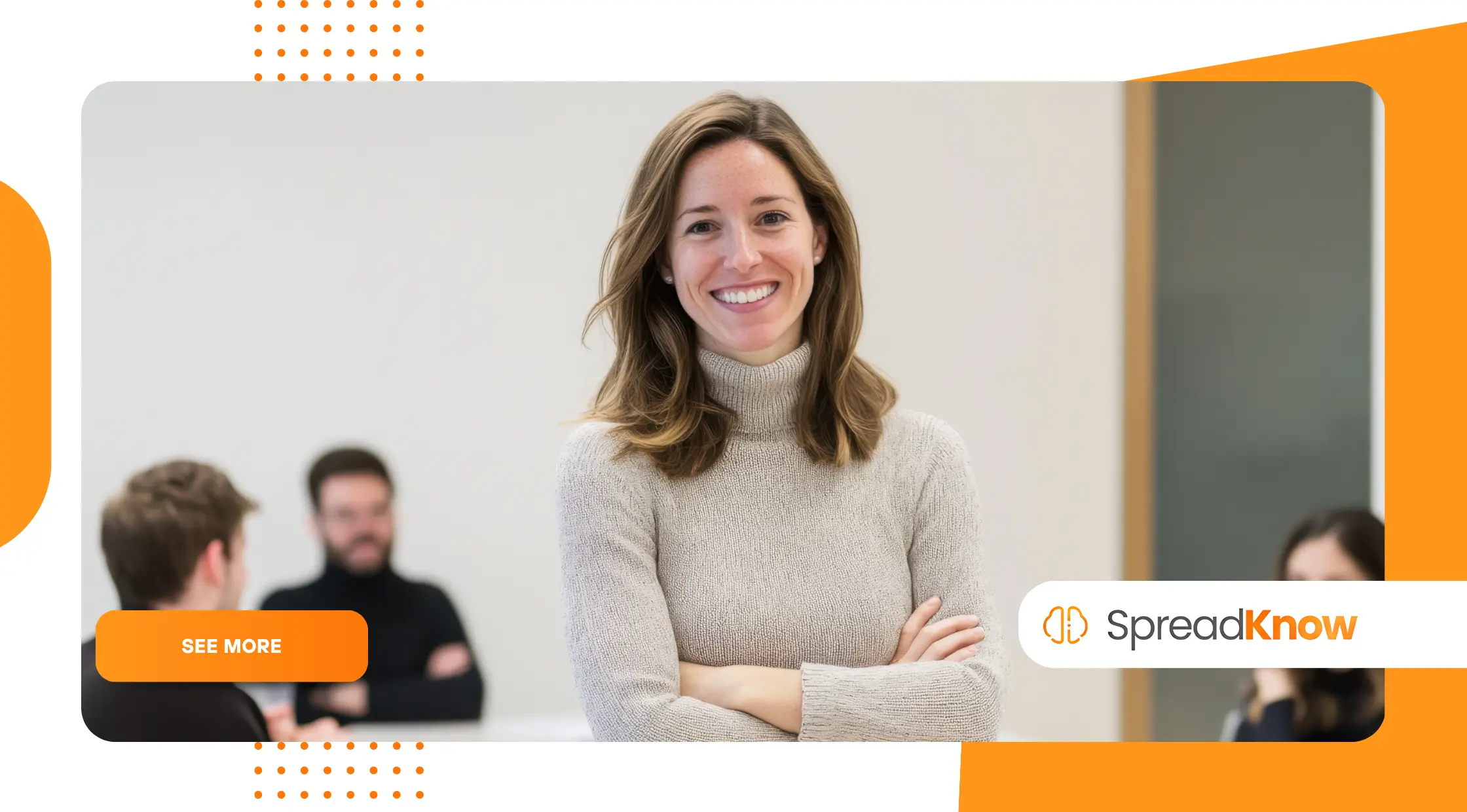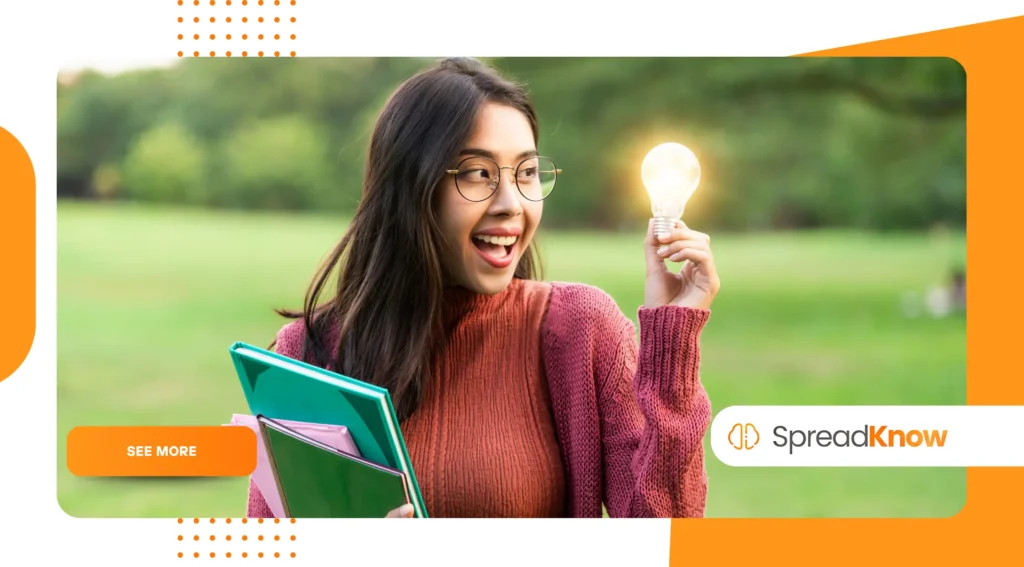Comment développer sa confiance créative — même si vous pensez ne pas être créatif

Developing Creative Confidence is not about being an artist, designer, or inventor.
Annonces
It’s about believing that your ideas matter and that you have the ability to turn them into reality.
In a world driven by innovation, this mindset is no longer optional—it’s essential.
Whether you’re a teacher, engineer, entrepreneur, or student, nurturing creative confidence can redefine how you approach challenges, solve problems, and express yourself.
The Myth of “I’m Not Creative”
Many people grow up believing creativity is a rare gift.
Annonces
They imagine it belongs only to those who paint murals, compose symphonies, or code groundbreaking apps.
This misconception limits potential across every profession. Studies from the Revue de commerce de Harvard reveal that creativity is not innate—it’s a skill strengthened by practice, curiosity, and resilience.
When people say they’re “not creative,” they usually mean they fear judgment or failure. Yet, creative confidence grows exactly through experimentation and imperfection.
The late psychologist Albert Bandura, known for his work on self-efficacy, demonstrated that confidence in one’s abilities expands through successful experiences.
Applying that idea to creativity means that small wins—like solving a tricky problem in a new way—build belief in your own ingenuity.
++ Peinture à l'aquarelle pour débutants : les erreurs à éviter
Creativity as a Learnable Skill
The modern workplace no longer separates creativity from logic or analysis. According to a 2024 Forum économique mondial report, creativity ranks among the top five most valuable professional skills globally.
The reason is simple: technology can automate routine tasks, but it cannot replicate imagination, empathy, or narrative thinking.
Institutions such as Stanford’s d.school teach Creative Confidence as a mindset that anyone can develop through “design thinking”—a process involving empathy, ideation, prototyping, and iteration.
When individuals learn to observe problems deeply and test ideas rapidly, creativity becomes less mystical and more practical. This structured approach removes fear and empowers action.

The Role of Curiosity and Divergent Thinking
Curiosity fuels creativity. The more you explore unfamiliar areas, the more connections your brain can make.
Cognitive scientists at MIT have shown that exposure to diverse knowledge sources increases what’s known as “associative fluency”—the ability to connect distant concepts into novel solutions.
This explains why cross-disciplinary learning often leads to innovation: an engineer who studies psychology might design more intuitive products; a marketer who learns coding might automate new customer insights.
Divergent thinking—generating multiple possibilities from a single challenge—strengthens creative confidence by showing that there’s never just one “right” answer. Over time, this mindset trains the brain to stay flexible, a crucial skill in fast-changing industries.
++ Apprendre la calligraphie : outils, techniques et conseils pratiques
Overcoming Fear and Perfectionism
Fear of failure remains the biggest barrier to creative expression. Many people hesitate to share their ideas because they dread rejection or ridicule.
Yet history repeatedly proves that innovation demands courage. The Wright brothers crashed multiple prototypes before achieving flight. J.K. Rowling faced a dozen rejections before publishing Harry Potter.
Psychologists at the University of Cambridge emphasize that reframing failure as feedback transforms the creative process into a learning experience.
By viewing mistakes as data, individuals build resilience and curiosity instead of shame. This shift is the foundation of sustainable Creative Confidence—trusting that even imperfect attempts move you forward.
The Science Behind Creative Confidence
Modern neuroscience supports the idea that creativity is both emotional and cognitive. The prefrontal cortex—responsible for planning and decision-making—interacts with the default mode network, which sparks imagination.
When people feel safe and relaxed, these networks synchronize, enhancing creative output.
That’s why environments that encourage psychological safety—where people can share unconventional ideas without fear—often outperform those driven purely by hierarchy or efficiency.
Google’s internal research under the “Project Aristotle” initiative found that psychological safety was the top factor behind team innovation. The implication is clear: creativity thrives not in pressure, but in trust.
| Factor That Boosts Creativity | Scientific Basis | Exemple concret |
|---|---|---|
| Psychological Safety | Encourages risk-taking without fear of judgment | Google’s Project Aristotle |
| Cross-Disciplinary Learning | Expands neural connections and insights | MIT Media Lab collaborations |
| Reflection Time | Enhances idea incubation | 3M’s “15% rule” for personal projects |
| Positive Emotion | Broadens perception and idea generation | Barbara Fredrickson’s “Broaden-and-Build” Theory |
Building a Creative Environment
To cultivate creative confidence, environment matters as much as mindset. Start by surrounding yourself with people who question assumptions, share ideas freely, and celebrate curiosity.
Organizations like IDEO, known for their design innovation, structure their offices to promote spontaneous collaboration. Spaces designed with open seating, writable walls, and access to natural light stimulate creative interaction.
Equally important is time. Many professionals underestimate the power of unstructured time to think. Bill Gates famously takes “Think Weeks” to disconnect and explore new ideas.
Whether it’s journaling, walking, or daydreaming, downtime allows ideas to connect subconsciously—an essential ingredient in creativity.
++ Comment l'inflation mondiale redéfinit la vie de la classe moyenne
Practical Ways to Strengthen Creative Confidence
Building creative confidence doesn’t require radical change; it begins with consistent practice. Here are several practical strategies backed by research and experience:
- Commencez petit : Choose one daily task to do differently—such as rearranging your workspace or brainstorming without judgment.
- Document Ideas: Keep a digital or physical “idea notebook” to capture random thoughts. Over time, patterns emerge that reveal your creative style.
- Collaborate Widely: Engage with people from different disciplines or backgrounds. Diverse perspectives challenge assumptions and spark new insights.
- Practice Divergence: During brainstorming, set a rule to produce quantity before quality. Evaluating too early kills originality.
- Celebrate Progress: Acknowledge creative wins, no matter how small. Recognition reinforces confidence and motivation.
Each action signals to your brain that creativity is both accessible and rewarding. With repetition, this rewires self-perception—from “I’m not creative” to “I can create and contribute meaningfully.”
Creativity and the Future of Work
As automation and artificial intelligence reshape industries, creative confidence becomes a differentiator.
Companies increasingly value employees who can blend analytical reasoning with original thinking.
A McKinsey study shows that organizations fostering creative collaboration experience higher growth and employee satisfaction.
Educational systems are also adapting: the UNESCO Innovation Report highlights creativity as a pillar of sustainable development and social resilience.
Beyond professional benefits, creative confidence enhances well-being by fostering autonomy, purpose, and emotional expression—qualities essential to mental health and community growth.
The Cultural Dimension of Creativity
Creativity is not only an individual skill but a cultural force. Societies that encourage experimentation and tolerance for failure tend to produce more innovation.
Japan’s “kaizen” philosophy, Silicon Valley’s “fail fast” mindset, and Scandinavia’s “design for life” ethos all exemplify how collective beliefs shape creative behavior.
In contrast, rigid systems that penalize mistakes often suppress innovation. Developing creative confidence collectively means shifting from perfectionism to progress, from hierarchy to collaboration. It’s about designing systems where creativity is rewarded as much as efficiency.
Conclusion: Believing in the Power to Create
Creative Confidence begins the moment you stop doubting your imagination. It’s not about waiting for inspiration—it’s about acting despite uncertainty. Every great idea, invention, or story started with someone willing to explore the unknown.
The future belongs to those who combine critical thinking with creative courage. Whether you’re building a company, writing code, or teaching children, confidence in your creative ability can reshape not just your work, but your worldview. Creativity is not a gift to a few—it’s a responsibility we all share to move humanity forward.
FAQ
1. What is creative confidence in simple terms?
It’s the belief that everyone can generate and express original ideas. Creative confidence turns imagination into practical outcomes through experimentation and self-trust.
2. How can I improve my creative confidence?
Practice curiosity, embrace small experiments, and reframe mistakes as feedback. Regular exposure to diverse ideas strengthens your creative mindset.
3. Are creativity and intelligence related?
They overlap but differ. Intelligence measures problem-solving efficiency; creativity measures originality. Many highly creative people channel intelligence into unconventional thinking.
4. Can organizations teach creative confidence?
Yes. Workshops based on design thinking, psychological safety, and collaborative culture can train employees to innovate fearlessly and consistently.
